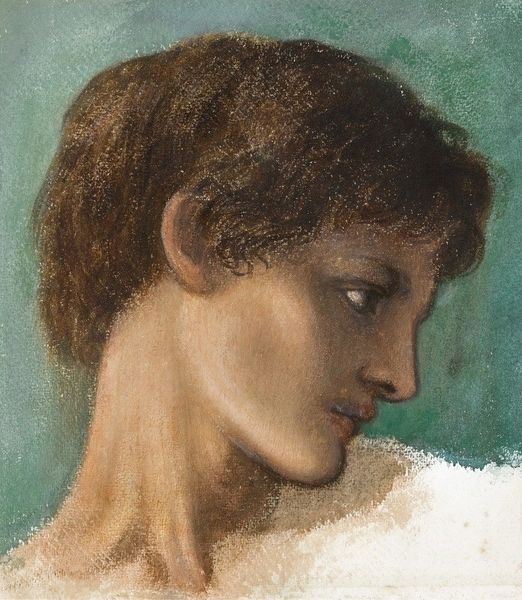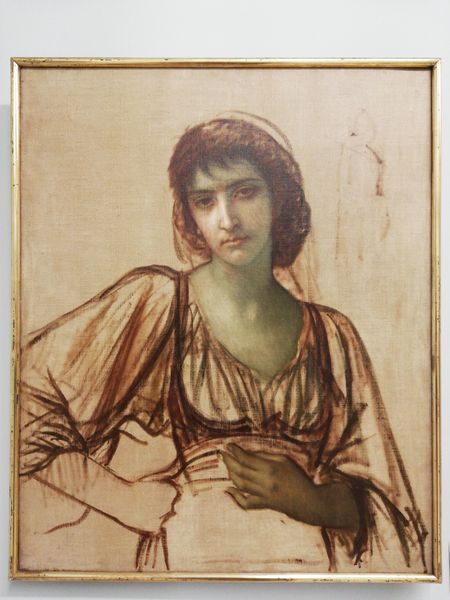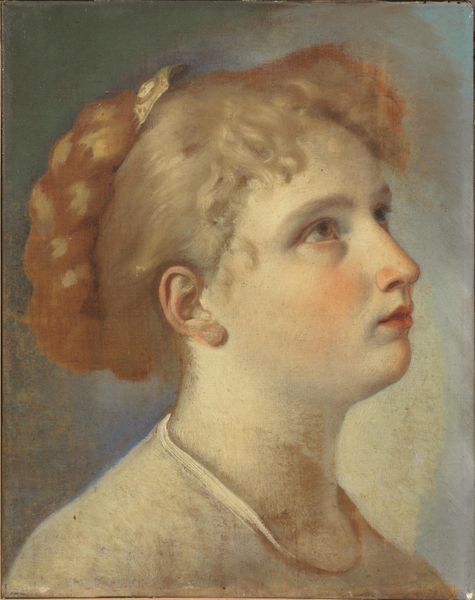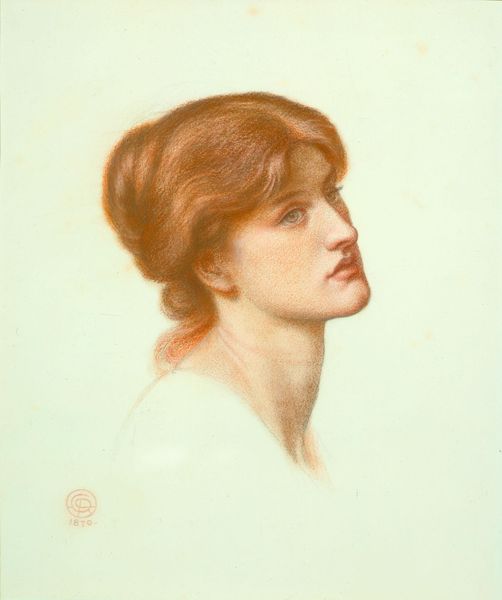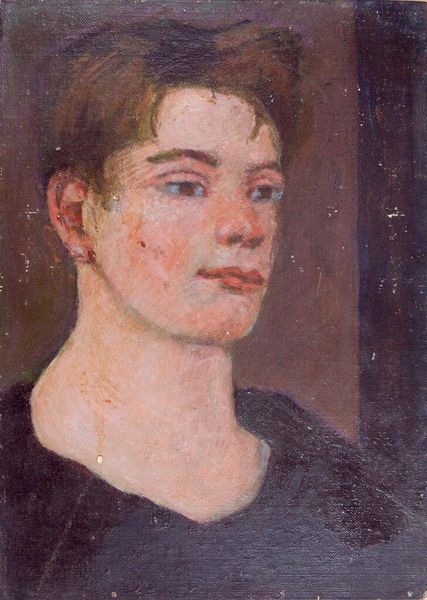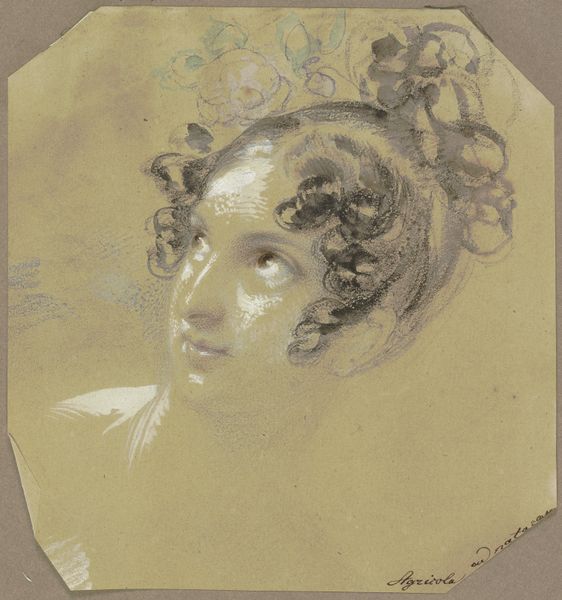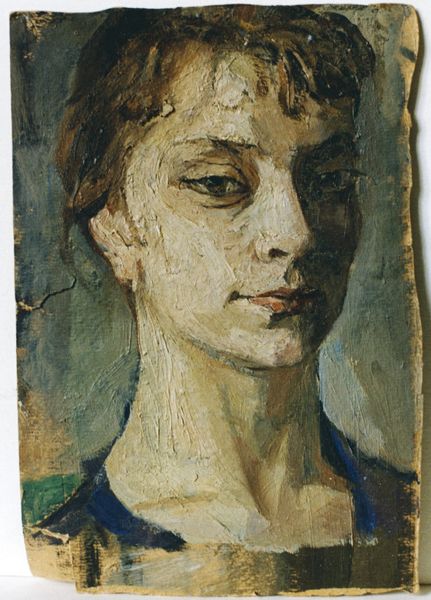
Portrait of a Woman of the House on the Rue d Amboise 1892
0:00
0:00
henridetoulouselautrec
Private Collection
Copyright: Public domain
Henri de Toulouse-Lautrec painted this portrait of a woman in France, sometime in the late 19th century. What’s striking is the honest portrayal of its subject, identified as a woman from a house on Rue d'Amboise. Lautrec’s commitment to depicting the realities of Parisian life meant he often turned to subjects that other artists, particularly those shown at the academy, would have ignored. He frequented brothels and cabarets, finding beauty and humanity in the lives of those on the margins of society. The muted colors and melancholic expression capture a sense of quiet introspection. The politics of imagery were certainly on his mind; his choice of subject matter was a deliberate challenge to the conventions of the art world, which often favored idealized or romanticized depictions of women. His work provides valuable insight into the social and economic conditions that shaped the lives of sex workers in late 19th-century Paris. We can consult police records, medical reports, and other documents to better understand the social structures that existed at the time.
Comments
No comments
Be the first to comment and join the conversation on the ultimate creative platform.
